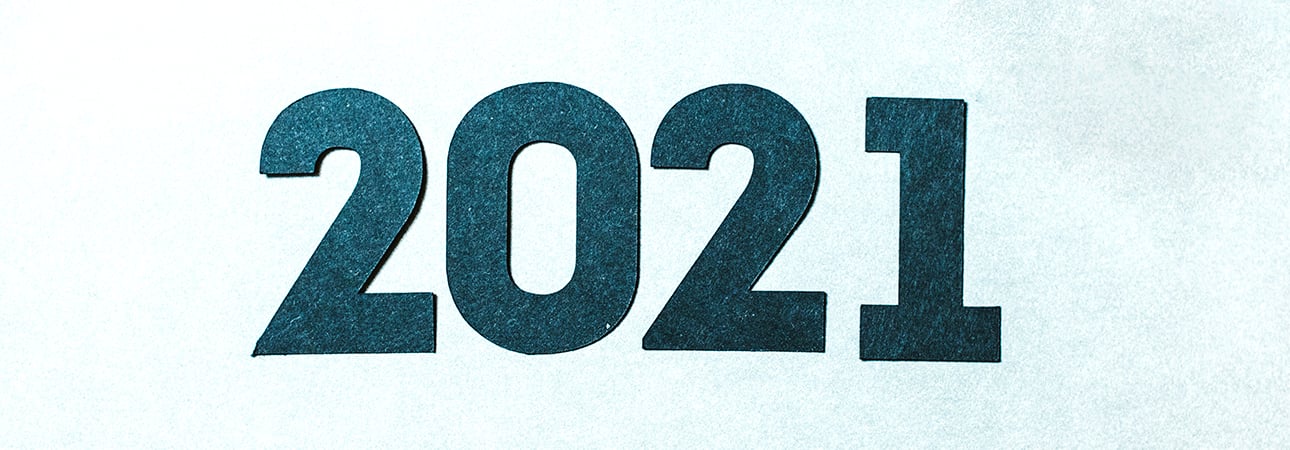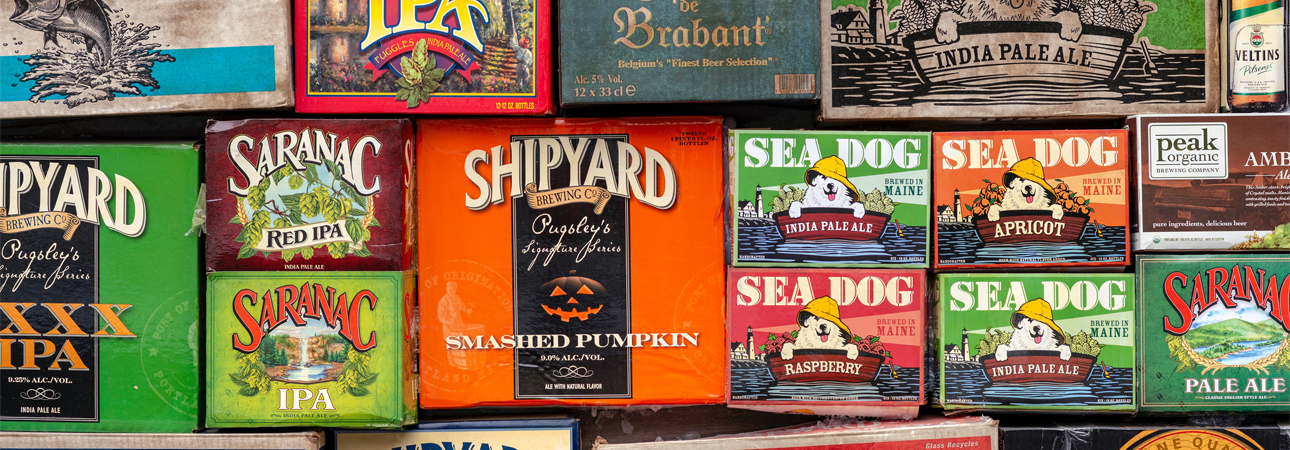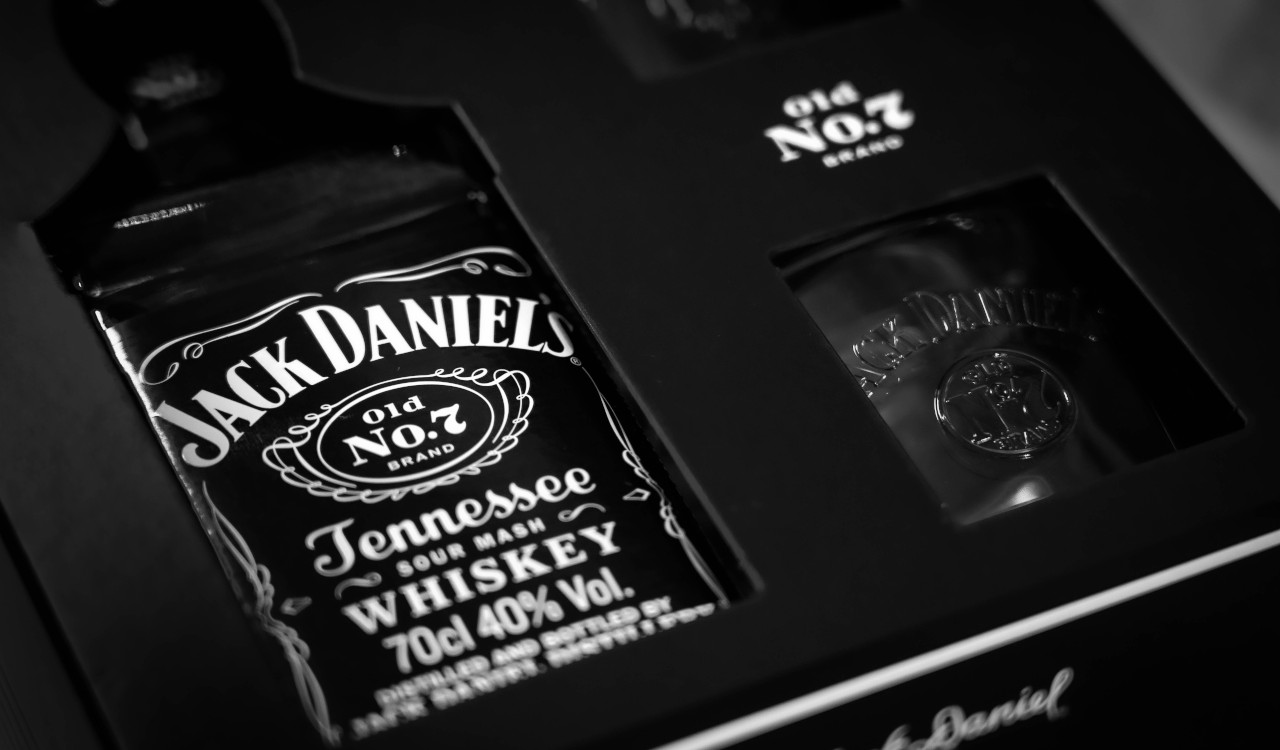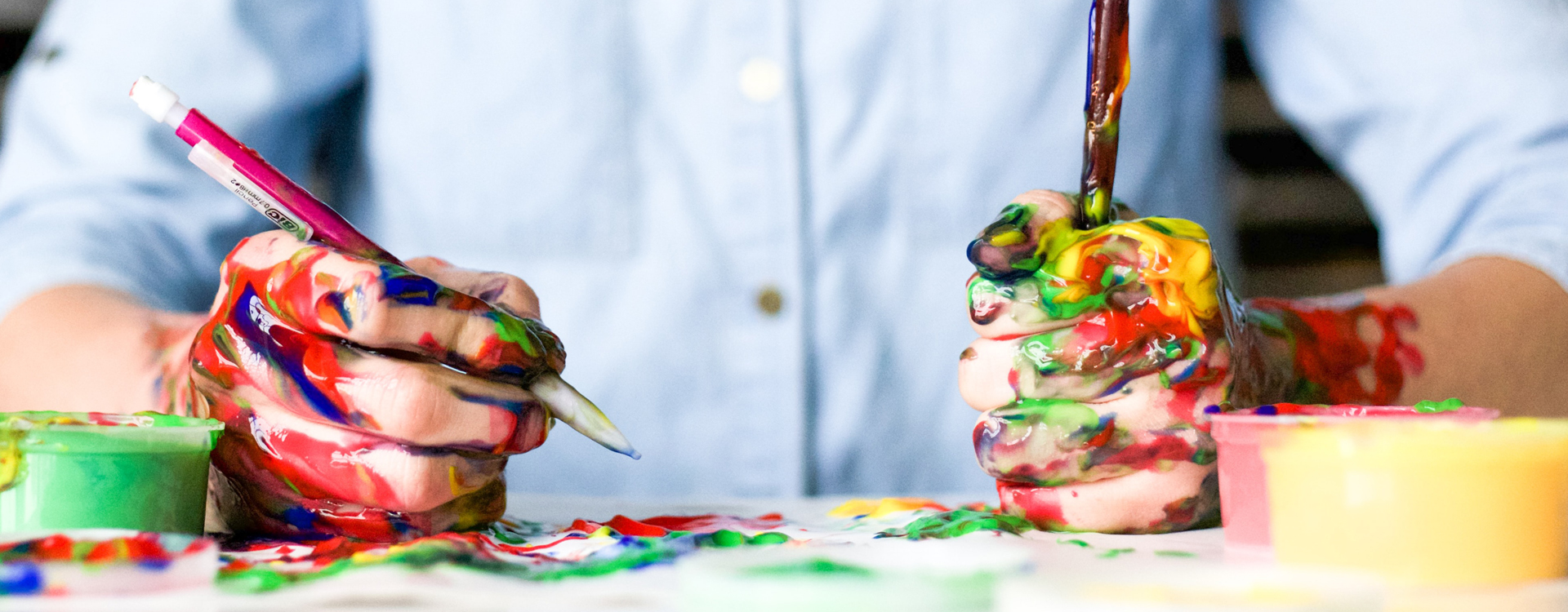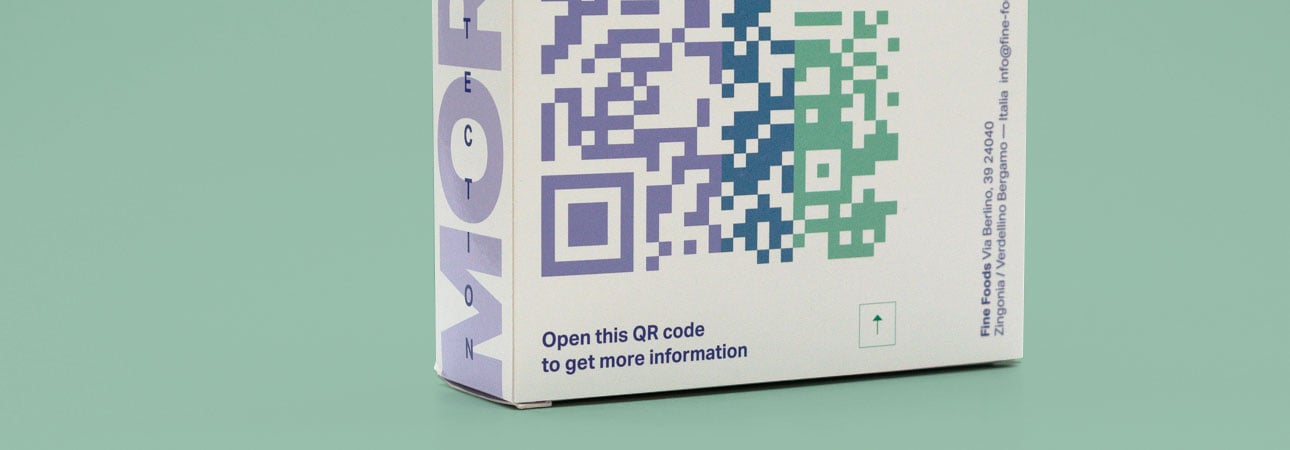Did you like the article? Share it!
Reusable Packaging: design, creativity and sustainability
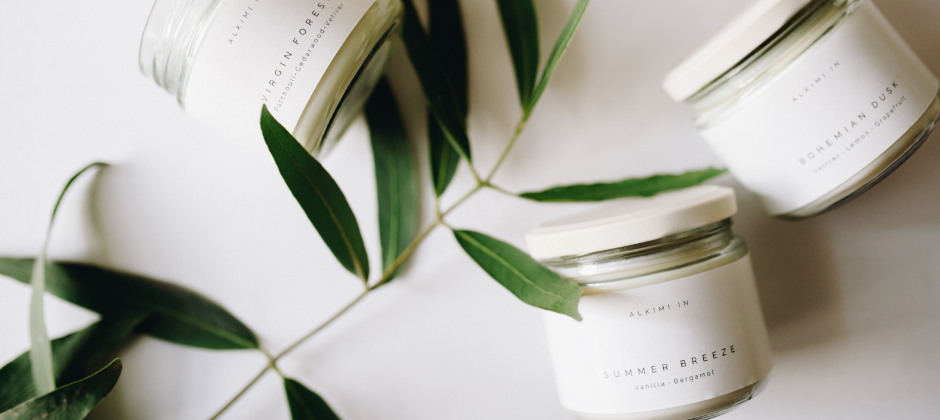
In its many forms, packaging produces a considerable amount of paper and plastic waste. The use of more sustainable packaging is now becoming a necessity for both brands and consumers, who are increasingly aware of the need to reduce waste and the use of plastic
Many companies and brands have undertaken various initiatives to safeguard our planet in recent years. In the packaging sector, too, research to find sustainable solutions continues and finds innovative and creative solutions that promote a circular economy model. This model foresees that the materials are used several times, rather than just once and then discarded.
Reusable packaging represents an excellent solution in terms of sustainability, as it allows to reduce the environmental impact of products during their life cycle. It is meant to be useful in other aspects of life, rather than becoming a waste once its primary purpose of containing the product is exhausted.
We mean all those packages designed to be reused and have a new purpose with reusable packaging. These are packaging, which are not limited only to containing and presenting the product for sale, but which, once purchased, can have a second life, transforming into something else.
Let's look at some curious examples and find out which types of reusable packaging can be distinguished:
- Reusable packaging because it is produced with materials that allow it to be reused;
- Reusable and multifunctional packaging because they are designed to have a new purpose;
- Reusable packaging because it is produced with materials that allow it to be reused;
- Reusable and multifunctional packaging because they are designed to have a new purpose;
Let's see in detail what are the differences between these two types!
Reusable packaging: reusable materials
With this type of sustainable packaging, we want to refer to all those reused packagings because they are produced with non-disposable materials such as paper and plastic, which allow their reuse.
Bags and pouches of the canvas, cardboard cans and boxes of wood or tin; each of these represents a type of package that can have a second life and not be thrown away immediately after purchase. Just think of the tin cans of the past, maybe biscuits, which have been used in our homes for several years to contain the most disparate things. In short, all those "containers" can continue to be containers, even after having fulfilled their primary purpose of protecting and presenting the product for sale.
If designed with an attractive and captivating design, this reusable packaging can become a splendid piece of furniture for any corner of the house.
Reusable and multifunctional packaging
With this other type of packaging, we mean all those packages designed intelligently and constructively, for which an alternative use is proposed after its primary container. There are many examples of reusable and multifunctional packaging; here, creativity has free rein. Let's see some of them:
The thousand faces of the cartoon. This packaging series demonstrates how a cardboard box, when cleverly designed, can be folded to create a new object. There are so many examples: Hangerpack, for instance, a shipping package that turns into a clothes hanger, changing its function to reduce waste, or a light bulb box that becomes a lampshade rather than a wine box. by ICON Packaging that becomes a bottle holder.
Use-and-plant packaging. Interesting solution. Once its task of protecting the product has been completed, this packaging decomposes by itself, releasing some seeds contained within it. The materials used are all biodegradable, so if made into small pieces and buried in a bit of earth, the box is ready to transform into a small plant.
Soapack.This project aims to respond to the standard disposable plastic packaging used in cosmetics. Although well designed, packages of this type are most often thrown away. Student Mi Zhou, the designer of Soapack, said in an interview with Dezeen that her soap bottles are designed to invite the user to use them to the end and deconstruct them since they melt when they are no longer helpful. They are bottles made, in fact, based on soap and then coated with a thin layer of beeswax to make them waterproof on the inside.
Shopping Bag "Never Wasted". It can be 100% reused in one way or another. Designed by Happy Creative Services of India, it is an innovative packaging solution produced by Lee, aiming to convey a message of sustainability in a fun and effective way. It can be reused in various ways, some for fun, some for function, but its goal is not to end up in the trash.
An exciting and important initiative in terms of sustainability is the Pro Carton Young Designers Award, an annual European competition for young talents in packaging design.
The competition is focused exclusively on cardboard, and it looks for new solutions for future packaging by playing a pioneering role in the promotion and innovation of sustainable packaging.
The competition is focused exclusively on cardboard, and it looks for new solutions for future packaging by playing a pioneering role in the promotion and innovation of sustainable packaging.
Each student must submit an innovative and creative project to participate in the competition, which has cardboard as the protagonist. "The Young Designers Award helps educate the new generation of designers on the environmental benefits and adaptability of cardboard".
Sustainable packaging is now a fundamental marketing choice; do not forget that packaging is a strategic element capable of decisively influencing a brand's image. The use of reusable, and therefore sustainable, packaging will not only denote a particular commitment and interest in protecting the environment on the part of your brand. Still, it will also help improve the perception of your product, making it more attractive to the attentive consumer. According to recent research, 70% of consumers in the purchase phase are willing to spend more on an eco-friendly product.
I hope you liked this article and that it gave you some inspiration to make your product more sustainable. Invent reusable packaging yourself and share it with us. For any doubts, the Labelado team is at your complete disposal. See you next time!
Next

